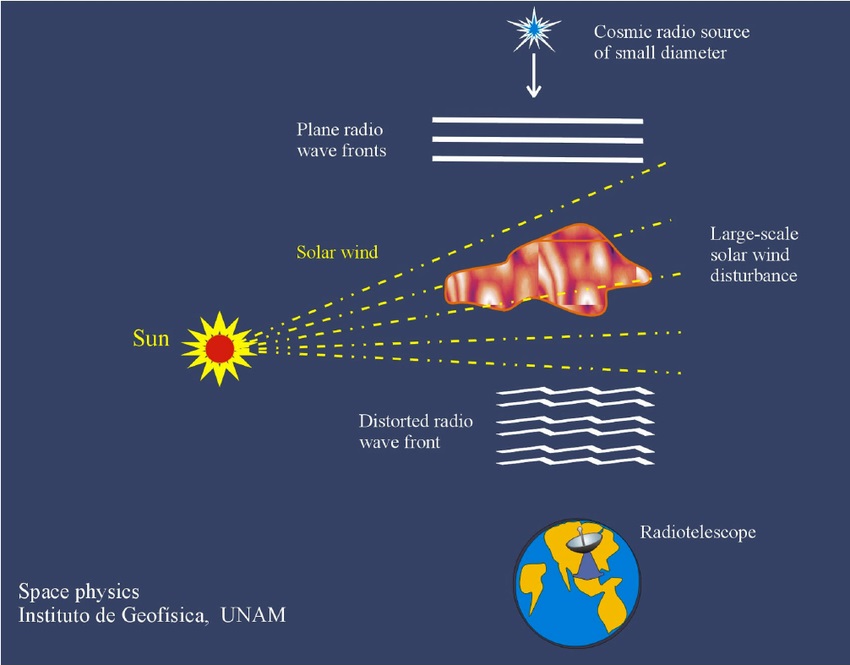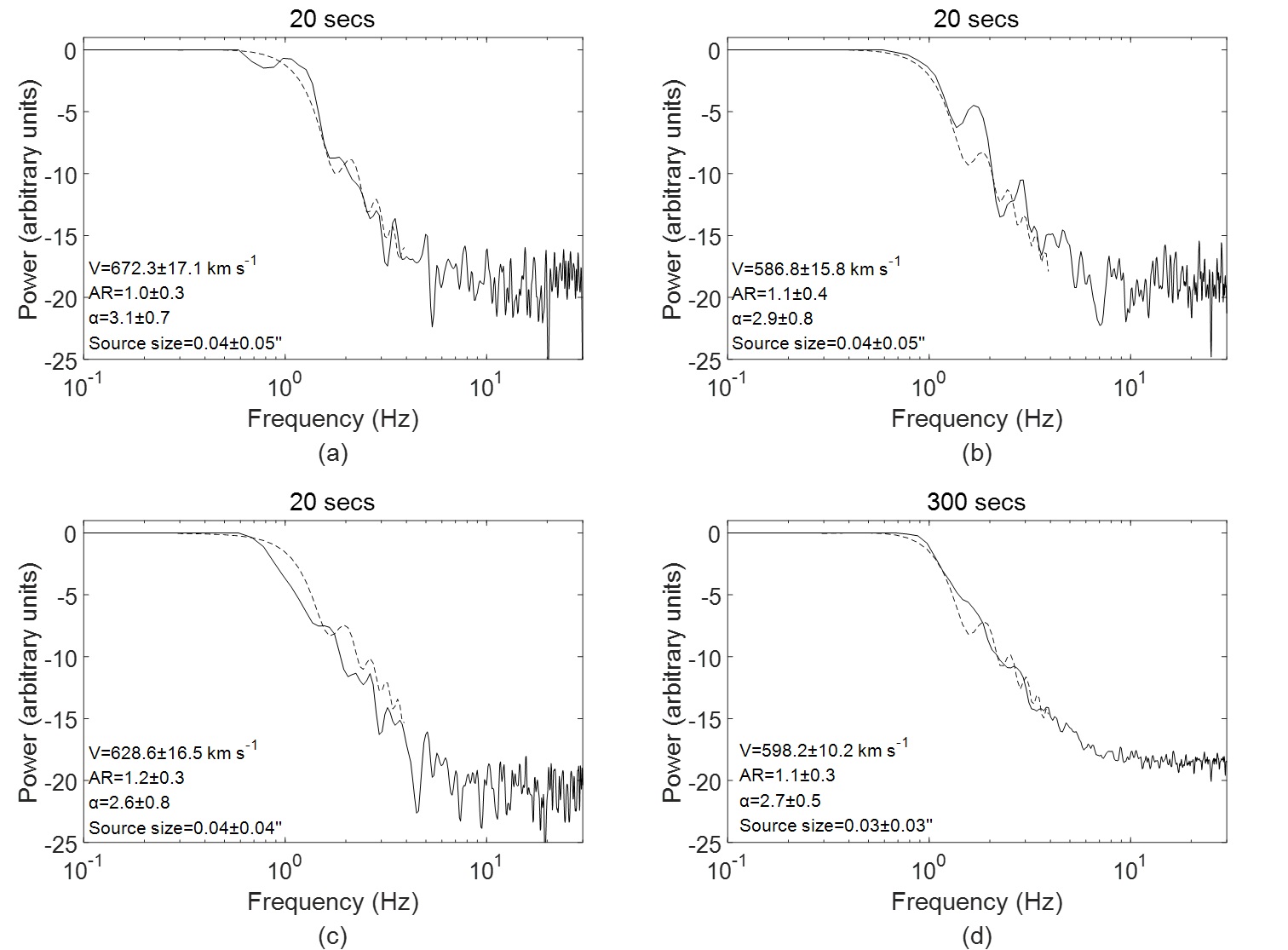The radio signal from a distant compact radio source is scattered by the density inhomogeneities of the solar wind, and consequently a random diffraction pattern is observed on the Earth.
This phenomenon is called interplanetary scintillation (IPS). Ground-based IPS observations can be used to study the solar wind and forecast space weather.

Based on the Five-hundred-meter Aperture Spherical radio Telescope (FAST) and its ultra-wideband (UWB) receiver, a research team led by Prof. PENG Bo from National Astronomical Observatories of Chinese Academy of Sciences (NAOC) observed some 3C sources to analyze the solar wind through interplanetary scintillation.
The study was published online in Monthly Notices of the Royal Astronomical Society on May 20.
"This development is novel and of benefit to the wider astrophysical community," said the anonymous referee.
From 2016 to 2018, some distinctive observations of IPS sources like 3C 286 and 3C 279 were accomplished with FAST. Due to the wide frequency coverage of the ultra-wideband (UWB) receiver (270-1620MHz), one can use both single-frequency and dual-frequency analyses to determine the projected velocity of the solar wind simultaneously.
Based on the extraordinary sensitivity of FAST, Ph.D. Candidate LIU Lijia, the first author of the study, obtained the solar wind model-fitting parameters within 20 s. The observing time was at least reduced by an order of magnitude compared to other radio telescopes.
For the first time, the four fitting parameters and errors of the solar wind can be obtained at the same time, with the radio frequency interference (RFI) mitigation strategy and an optimized model-fitting method developed by the researchers.
"FAST is promising to play a unique role in IPS study," said Prof. PENG Bo, the corresponding author of the study.







